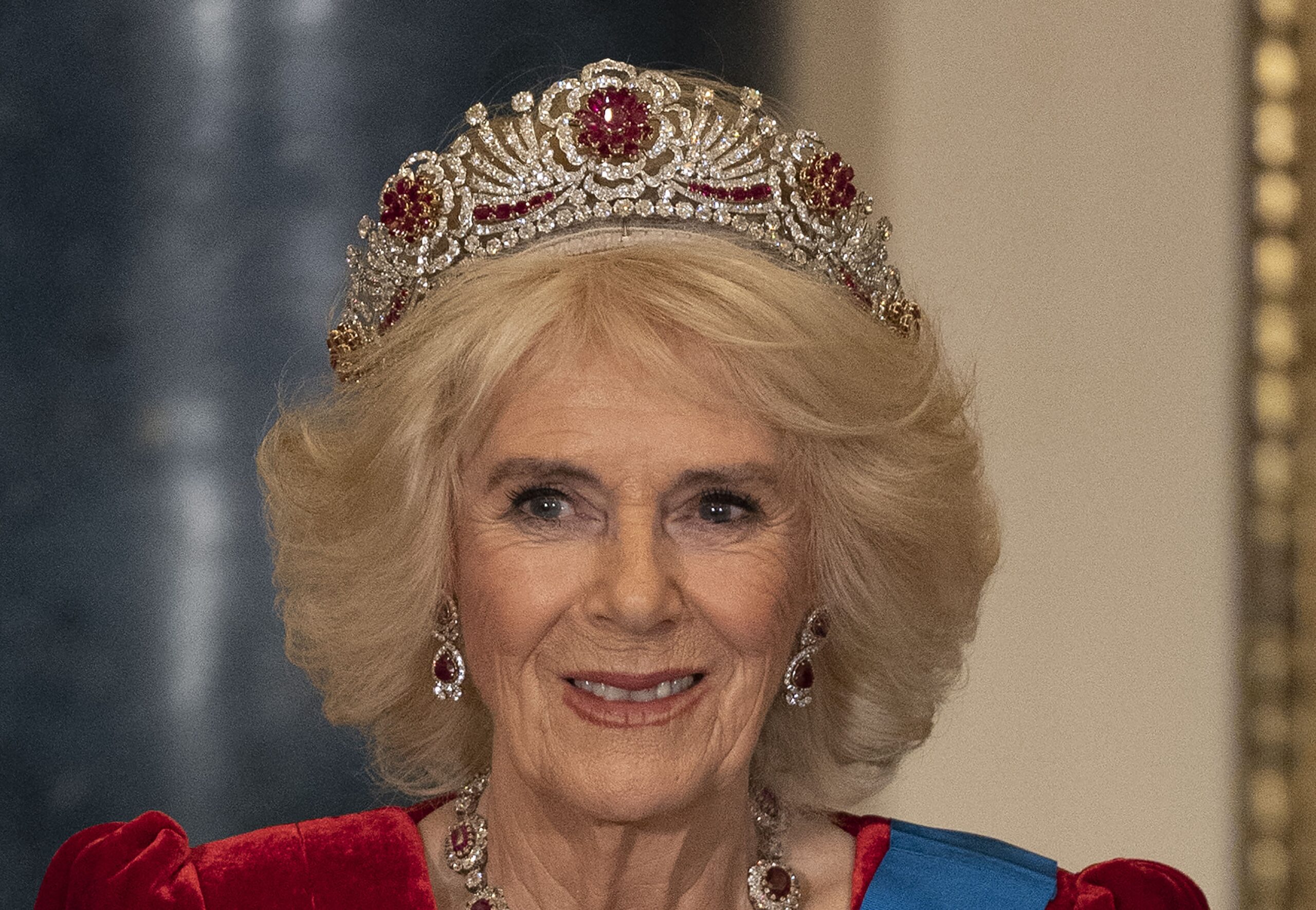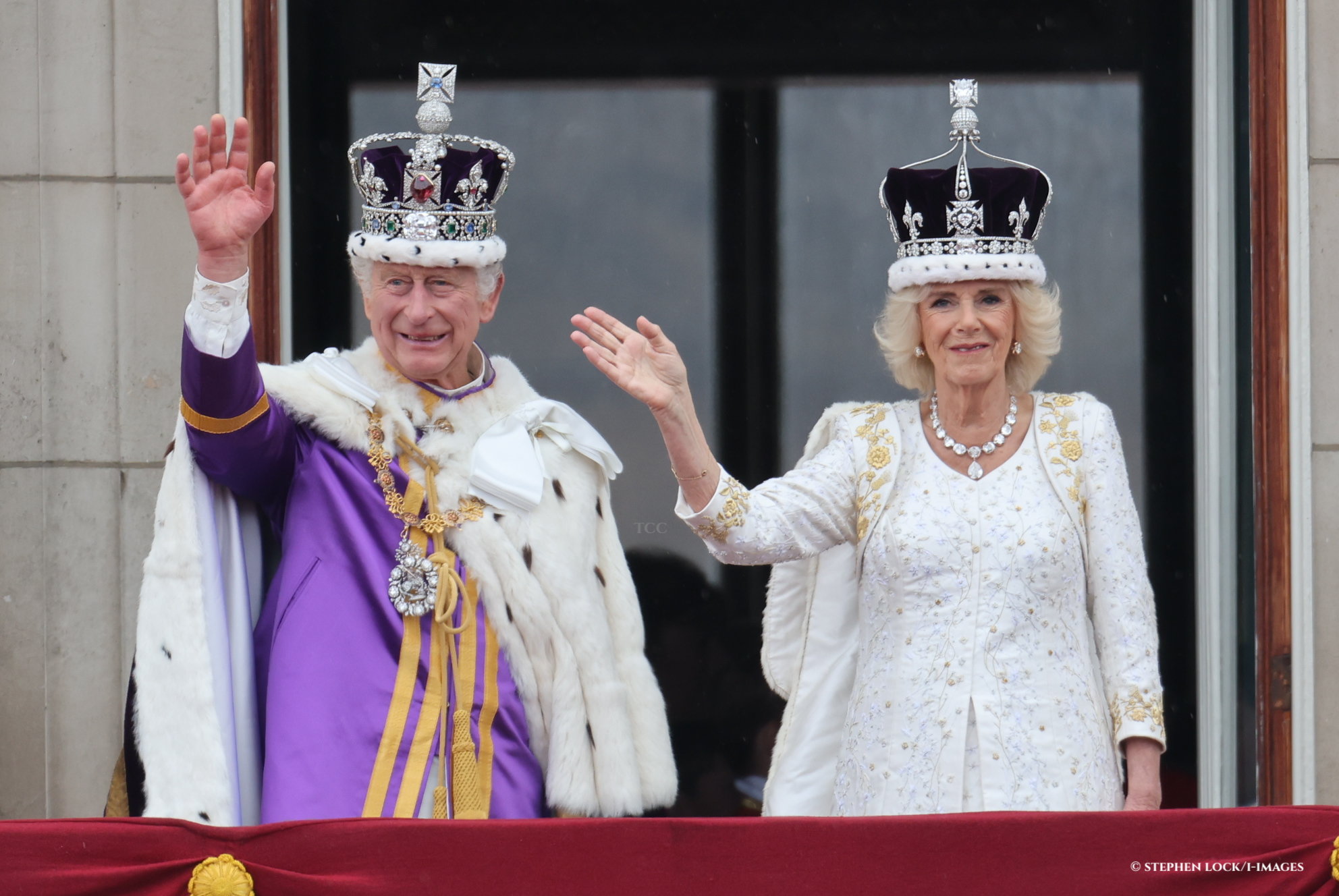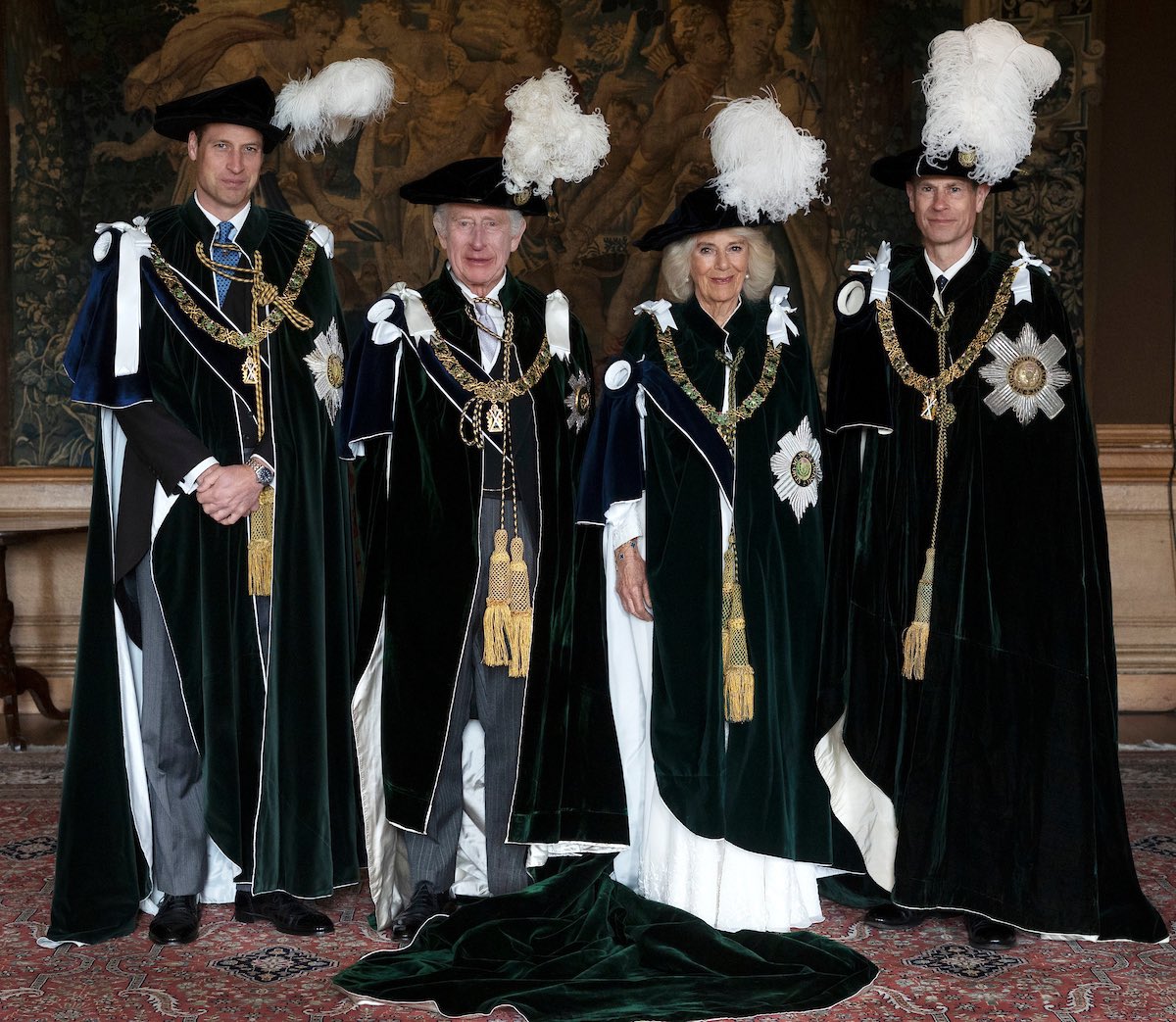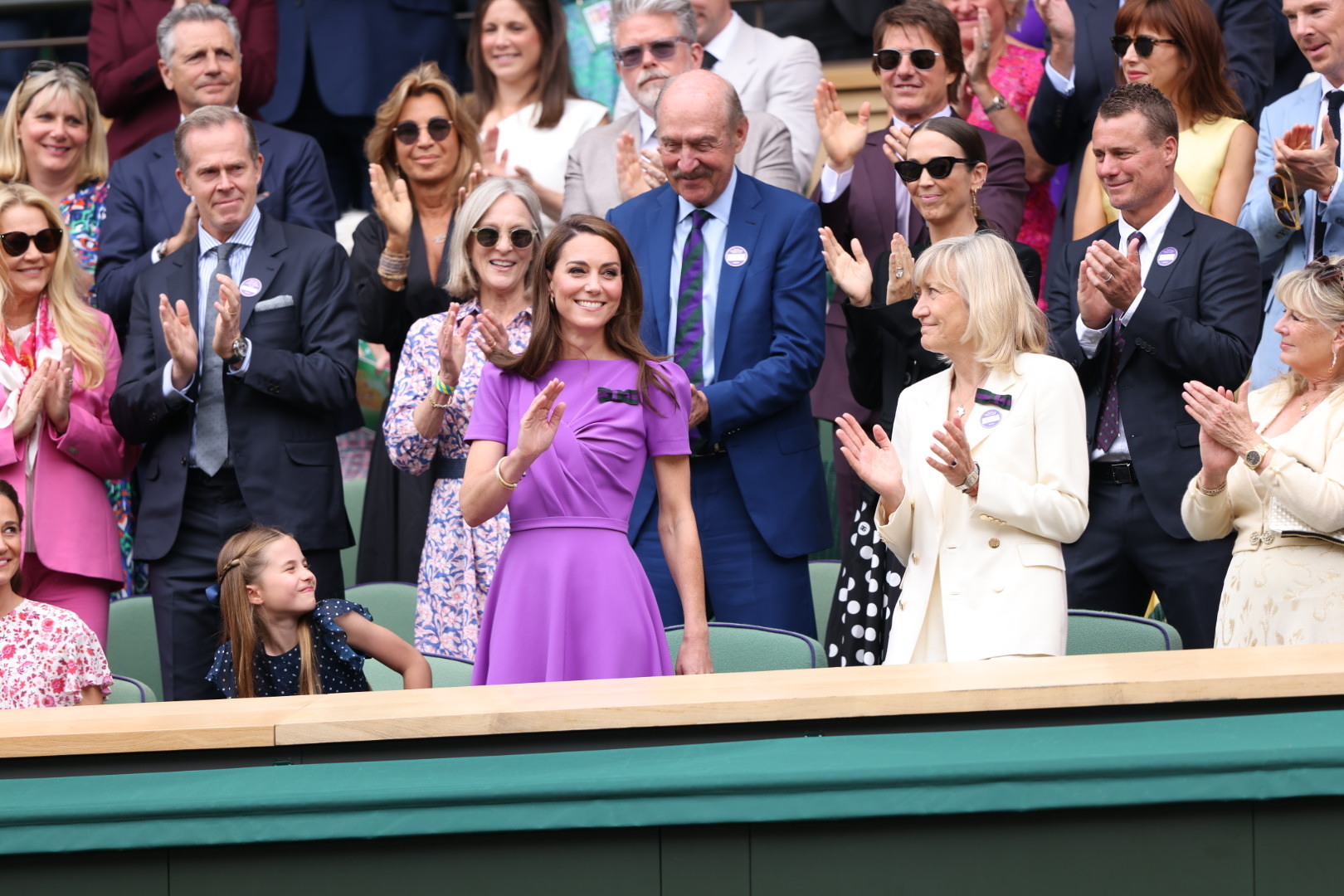On the 6th September 1997, London’s streets were lined with hundreds and thousands of mourners; 2.5 billion people watched on television and 2,000 guests sat in Westminster Abbey as the funeral of Diana, Princess of Wales took place. It had been seven long days since the untimely death of the Princess had been announced. Seven days of unprecedented grief, hatred against the media, and a building up of outrage towards the Royal Family.
Embed from Getty Images Embed from Getty Images
It had only been a year since Charles and Diana had finalised their divorce, after announcing their separation in 1992. A year since she had cut as many ties as she could with the Royal Family, and a year in which the media attention seemed to swell to bigger than it ever had before – it did not help she had given up her Protection Officer. Diana once said the media had made her life miserable that she would move to another country if she could, but she stayed in London for her two boys.
The public who loved her, wished her nothing but happiness, and everyone hoped that she could find it somehow, out of the restraints that being a Royal placed upon her. Nobody expected to be waking up on the 31st August 1997 to the news that the world’s most photographed woman was dead, due to injuries she had sustained in a car crash in the Pont de l’Alma tunnel in Paris.
HOW DIANA, PRINCESS OF WALES CHANGED THE FACE OF THE MONARCHY
Diana has only been in Paris for around eight hours before the crash took place. She had arrived at the Ritz Hotel around 4:30pm with her partner, Dodi Fayed. A whirlwind romance, upon which the media speculated, had taken them to the French capital.
During their last hours, they visited Dodi’s residence near the Arc de Triomphe, before dining in their room at The Ritz. The accident itself occurred around 12:23am: a high speed chase of paparazzi tailing the couple, their chauffeur Henri Paul and bodyguard Trevor Rees-Jones trying to evade the photographers. The only survivor of the fatal crash was Rees-Jones. Fayed and Paul died on the scene, while the Princess of Wales was pronounced dead at 4am, having been rushed to Pitié-Salpêtrière Hospital.
While Diana’s family, friends and the public tried their best to come to terms with the shocking news, plans for her funeral were already getting underway. Buckingham Palace only had a week to organise the funeral, which would become one of the most televised events in history.
The Princess’ body was repatriated from Paris as soon as it could be, with her sisters and Prince Charles, her former husband and father of her two boys, making the trip to France to collect the body, and then the trip back to London with her.
There were problems for those planning the funeral as they had no idea what to do, who to invite or how the whole thing would play out. Nobody was prepared for the death of the ex-wife of the heir to the throne – there was no precedent to any of this. It was decided that the basis for the funeral would be Operation Tay Bridge: the funeral plan for the Queen Mother , which had been rehearsed the most, the past 22 years by 1997. Of course, aspects of the funeral plans were altered to tailor it to Diana, but also to be appropriate for a Princess of Wales and not a Queen Consort. Instead of military personnel walking behind the cortege, there would be 500 representatives of the charities Diana had supported. The congregation would be made up of family and friends, charity personnel, and celebrities too. It was made clear that the funeral was not to be a state one, instead it was to be a royal ceremonial funeral with royal pageantry and an Anglican funeral liturgy.
As September 6th dawned, the crowds in London swelled as far as the eye-could-see. Even before the funeral cortege left Kensington Palace (where Diana lay to rest the night before) for its one hour and 47 minute journey, guests started to arrive at Westminster Abbey. Among the familiar faces attending were singer Elton John and his partner David Furnish, George Michael, tenor Pavarotti, Cliff Richard, Nicole Kidman and Tom Cruise, Steven Spielberg, Tom Hanks, Sting, and First Lady Hillary Clinton.
Embed from Getty Images
Embed from Getty Images
Draped in the Royal Standard with an ermine boarder, Diana’s coffin made its way towards St. James’s Palace. Three wreaths from her brother and sons – one famously had a letter from Harry addressed to ‘Mummy’ – were sat atop. The procession was joined by Prince William, 15, and Prince Harry, 12, The Prince of Wales, The Duke of Edinburgh and Earl Spencer, as well as the charity representatives.
It was an image that brought tears to a nation, the sight of two teenage boys walking behind their mothers coffin, with their heads bowed. Some were outraged they did it, others thought it right they did. Either way, it was a lasting image of the funeral, and one that everyone remembers.
Harry has spoke about how no child ‘should be asked to do’ what he did as a boy. But, in 2017, while being interviewed by the BBC for ‘Diana: 7 Days’, Harry said that, looking back, he is glad to have been a part of the day.
DIANA – OUR MOTHER – SEE THE TRAILER
William, in the same documentary, spoke about how it was a family decision to do what they did. He recalled using his fringe as a safety blanket during, what he described, as the “very long, lonely walk.”
“I felt if I looked at the floor and my hair came down over my face, no-one could see me.” He said that walking behind his mothers coffin was “one of the hardest things I’ve ever done”.
The coffin passed Buckingham Palace, where members of the Royal Family stood waiting for it at the gates, The Queen at the centre. One of the biggest questions of the day was if The Queen would bow her head to the coffin of her former daughter-in-law, knowing the media furore that surrounded the Waleses’ split. The world held its breath as The Queen gave a nod to the cortege, a show of respect for the woman who had done so much for the monarchy in her time. Continuing on by, flowers rained down upon the coffin, as some of the one million people lining the streets threw them out in a show of adoration and grief.
The ceremony began at 11am and lasted for one hour and 10 minutes. During that time, members of the Royal Family placed wreaths and flowers alongside the coffin, Prime Minister Tony Blair read an excerpt from First Epistle to the Corinthians, and Elton John sang ‘Candle In The Wind’. Ahead of the funeral, John had contacted his songwriting partner Bernie Taupin and asked him to revise the lyrics to his 1973 song, in order to honour Diana.
The most talked about, and most remembered, moment of the ceremony has to be the eulogy read by Charles Spencer, Diana’s younger brother, whom she had helped to bring up. He famously rebuked the Royal Family and the press from the altar for their treatment of his sister, saying: “It is a point to remember that of all the ironies about Diana, perhaps the greatest was this – a girl given the name of the ancient goddess of hunting was, in the end, the most hunted person of the modern age.”

Diana died in a car crash in Paris in 1997. (Pulseman)
At home, 31 million Britons watched coverage of the ceremony on television while 2.5 billion people watched worldwide. It is the most watched live broadcast to date and, in response to popular demand, and additional service for Diana was performed at Westminster Abbey on 7th September.
Later in the day, following such a public funeral, a private burial took place. Those present for the ceremony on the island at Althorp, her ancestral home, were her sons, former husband, the Spencer family, close friends and one clergyman. During the ceremony, the Royal Standard was removed from the coffin by her brother and replaced with the Spencer family flag.

Althorp, Diana’s childhood home (JMarler)
Diana was never meant to be buried on the island at Althorp: the plan – like the rest of the Spencer clan – was for Diana to be buried in the family vault at the local church in Great Brington. However, Earl Spencer was concerned about public safety and security due to the amount of visitors that would flock to Great Brington. It was decided the island, known as The Round Oval and situated within the grounds of Althorp Park, would be a better option, as it could be easily cared for and would be more private. 36 oak trees, one for each year of Diana’s life, line a path to the Oval, while black swans swim in the lake, where there are also water lilies. On the southern verge of the Round Oval sits the Summerhouse, which has been adapted to serve as a memorial to Diana; an arboretum stands nearby and contains trees planted by the family.
Embed from Getty Images
Embed from Getty Images
Embed from Getty Images
Diana’s family and close friends can now visit her in privacy, without fear of being watched or photographed in such a personal and vulnerable moment. In fact, it is thought that The Duke and Duchess of Cambridge and Prince Harry visited on the 20th anniversary of her death in 2017; it is something they were not able to have in those faithful seven days – time for reflection and private grief – something they should have been allowed. But that is a story and a debate for another day.
The death of Diana is certainly one of the most infamous and tragic events in recent years.
You can watch the BBC coverage of the event below:





